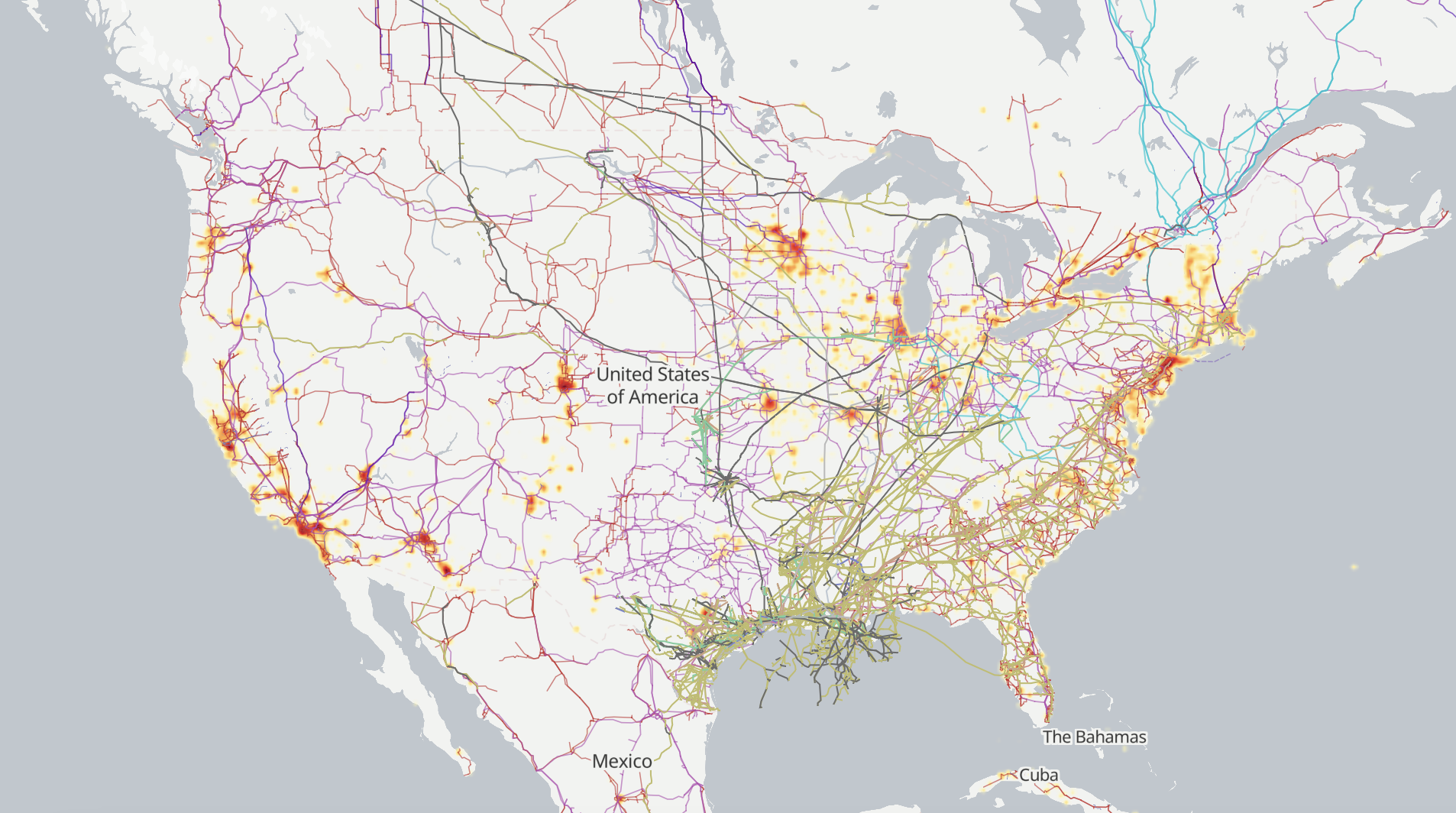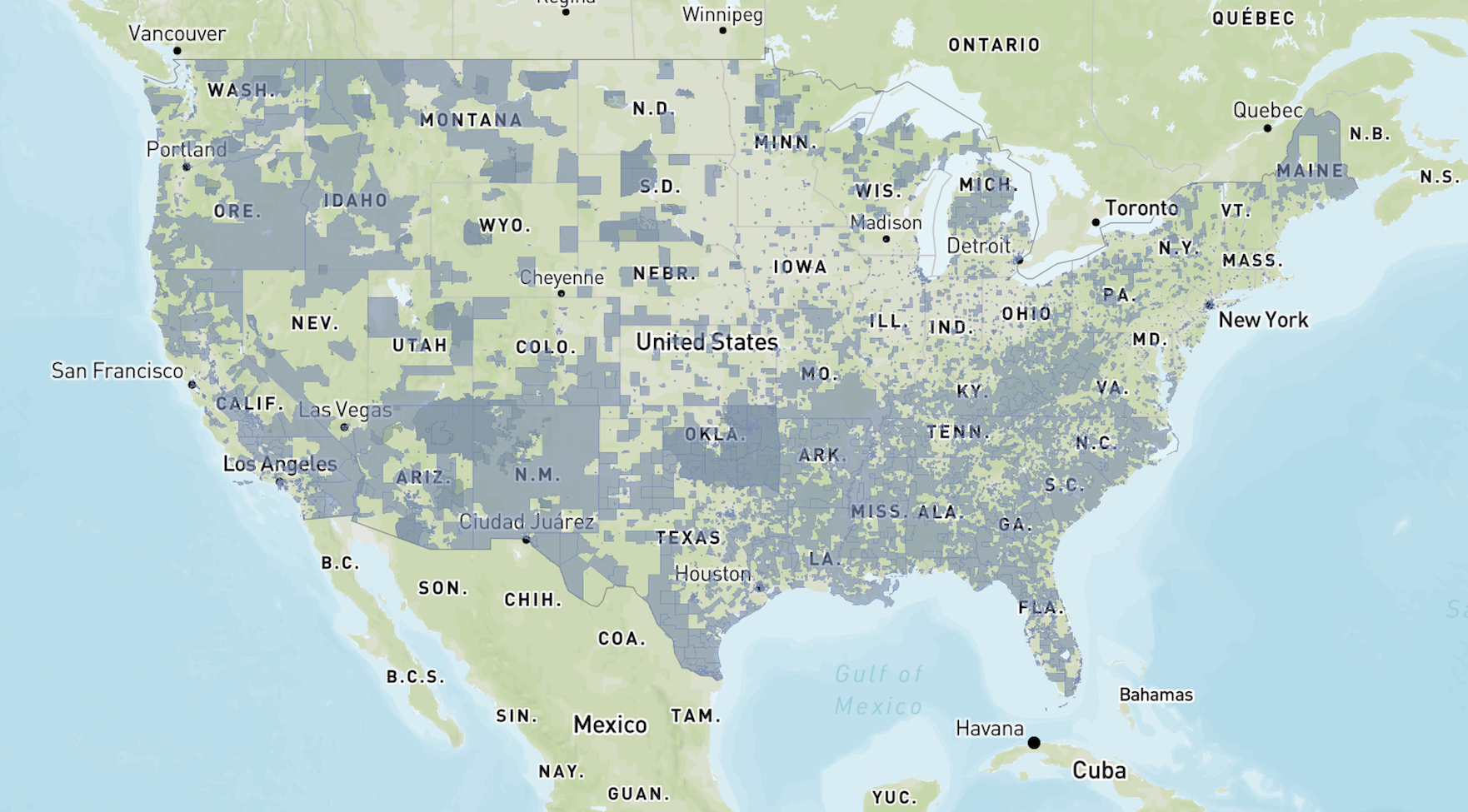The nuclear fuel cycle has four basic parts.
These general categories are simplifications of several sub-parts, but the nuclear fuel cycle covers the lifetime of nuclear fuel from cradle to grave.
Getting ore.
Through mining or, increasingly, in situ leaching, uranium is extracted from the earth.
Processing fuel.
Then, the raw materials are processed through facilities that strip away unwanted impurities, enrich the fuel, and turn it into the fuel that will go into the reactor.
Using fuel.
Fuel is used by the reactor, producing electricity. Some countries recycle their fuel at this stage to reduce the amount and lifetime of used fuel.
Disposing fuel.
Eventually, the solid fuel is removed from the fuel cycle and placed in controlled, resilient storage facilities.
Explore US Energy Infrastructure.
The US has an incredibly complex energy system. To explore the existing infrastructure from an open source group, consult OpenStreetMap's infrastructure map.
Open Infrastructure Map

